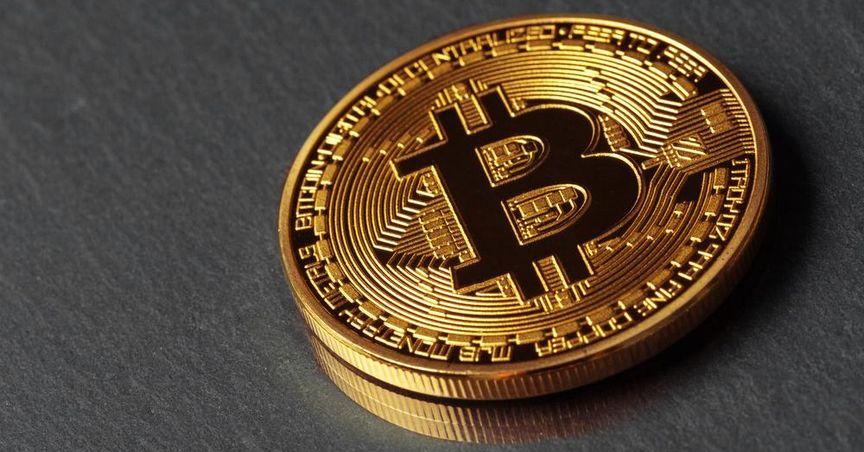Highlights
- Ethereum's Pectra upgrade redefines security and sets the stage for Verkle Transition.
- DeFi ecosystem gears up for Unichain’s mainnet launch, marking a key milestone.
- NFT sales show resurgence, hinting at renewed market potential in 2025.
A Transformative Year Ahead for Ethereum
Ethereum’s ecosystem is poised for a groundbreaking year in 2025 following significant advancements in 2024. From the completion of the Pectra upgrade to a revival in NFT sales, Ethereum continues to strengthen its dominance in blockchain technology and decentralized finance (DeFi).
Pectra Upgrade and Verkle Transition
The Pectra upgrade, finalized in late 2024, represents a pivotal development in Ethereum’s evolution. Initially conceived as a minor enhancement, the upgrade became a cornerstone of Ethereum’s security architecture. According to Byzantine CEO Gaia Regis, the Pectra upgrade has fundamentally changed how Ethereum’s security layer operates, paving the way for more robust network resilience.
Building on this progress, Ethereum developers are now focusing on the Verkle Transition. This reform aims to shift Ethereum’s state data structure from the Merkle Patricia Tree to the Verkle Tree, enabling more efficient and lightweight node operations. This transition is expected to significantly reduce maintenance costs, enhancing scalability and accessibility for decentralized applications.
DeFi Unichain Mainnet Launch
Ethereum’s influence in the DeFi space continues to grow with the announcement of Unichain’s public mainnet launch in early 2025. Built on OP Stack and tested on Ethereum's Sepolia network, Unichain has already processed over 50 million transactions since its testnet debut in October 2024.
As a dedicated Layer 2 solution, Unichain aims to revolutionize decentralized finance by offering greater scalability and reduced transaction costs. Its mainnet launch is anticipated to further solidify Ethereum’s position as a leader in DeFi innovation.
Real-World Assets (RWA) on Ethereum
The RWA sector is another area where Ethereum is making strides. Decentralized platforms are unlocking liquidity in sectors such as real estate and carbon credits. According to data from RWA.xyz, the total asset lock-up in RWAs reached $14.9 billion by the end of 2024, with Ethereum hosting 81% of these assets.
Juan Leon, senior strategist at Bitwise, highlighted RWAs as a significant growth driver for Ethereum in 2025. The integration of real-world assets into Ethereum’s ecosystem demonstrates the blockchain's potential to bridge traditional finance and decentralized solutions.
Stablecoins A Key Use Case
Stablecoins remain one of Ethereum’s most successful applications. In 2024, their circulating supply reached 200 billion, with projections for continued growth in 2025. These digital assets facilitate cross-chain transactions across Ethereum, Solana, and Tron, reinforcing their role as a cornerstone of blockchain utility.
NFT Market Renewal
Ethereum’s NFT market witnessed a notable resurgence in late 2024, with weekly sales reaching $304 million—a 76% increase from the previous week. Ethereum-based NFTs accounted for 66% of total NFT sales, driven by popular series like the Azuki element NFTs, which saw a 226% surge in sales.
The renewed interest in Ethereum NFTs suggests a revival in market activity and creativity. Analysts anticipate further innovation and adoption of NFTs in 2025, contributing to Ethereum’s ecosystem growth.
As Ethereum enters 2025, its ecosystem is set to expand through technological upgrades, DeFi advancements, and the revival of NFTs. With transformative developments like the Verkle Transition and the launch of Unichain, Ethereum continues to lead the blockchain sector in innovation and application. The increasing integration of real-world assets and the sustained growth of stablecoins further underscore Ethereum’s pivotal role in shaping the future of decentralized technologies.





